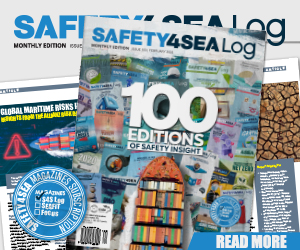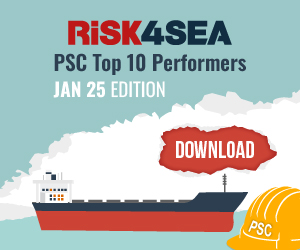The newly-published EU Coastline Macro Litter Trend report by the Joint Research Centre (JRC) found that the amount of marine macro litter in the EU coastline has gone down by almost one-third.
The report found that the amount of marine macro litter (items bigger than 2.5 cm) in the EU coastline has dropped by 29 % between the baseline period (2015-2016) and the assessment period (2020-2021).
However, the median values of total coastline marine macro litter quantity in many European regions remain high and exceed the agreed threshold value (20 items per 100 m) for coastline macro litter. The European average in 2020-2021 was 203 items per 100 m.
Furthermore, while the largest reduction in terms of percentages is seen at the Baltic Sea (45%), major efforts at the Mediterranean and the Black Sea have led to impressive reductions in absolute numbers of litter items on the beaches.
On the EU coastlines, single-use plastic was reduced by 40% while fisheries-related items decreased by 20% and plastic bags were down by 20%. This achievement is the result of multilateral, national, regional, and citizen efforts triggered by the Marine Strategy Framework Directive.

Report conclusions:
- Data availability from 2015 to 2021 allows the consideration of all EU regions, with all subregions except the Aegean-Levantine Sea sub-region in the Mediterranean Sea eligible for evaluation.
- Step Trends Analysis: Data for both baseline and assessment periods support step trend analysis, except where data is missing for one or both periods.
- Reduction in Coastline Litter: Significant reductions in coastline litter concentrations have been achieved, with an overall reduction of approximately 29% at the EU level.
- EU Macro Litter Trends: Despite reductions, beach litter remains above the EU coastline macro litter target value (TV) in most areas. Mitigation efforts are effective, and most regions are on track to meet the Zero Pollution Action Plan target by 2030.
- National Targets: The EU coastline macro litter trend calculations allow Member States to set national targets based on trends in litter TA and category groups.
- Progress in Monitoring: Significant progress has been made in implementing the guidance on monitoring marine litter, but some areas still lack full implementation. Harmonizing coastline litter monitoring in Europe is essential for comparability.
- Litter List Inconsistencies: The use of different litter lists hinders comparability. It is recommended that EU Member States and RSCs adopt the jointly developed List of Litter Categories to enhance identification, reporting, and the efficiency of mitigation measures, allowing the calculation of trends for additional litter categories.
The EU Coastline Macro Litter Trend report outlines a step-trend analysis method to compare litter counts over time, supporting European policymaking. In addition it documents progress towards good environmental status and a clean marine environment, while helping EU Member States set national targets based on coastline litter trends.
The trend calculations track progress towards the EU Zero Pollution Action Plan’s Target 5a, which aims to reduce plastic litter at sea by 50% by 2030.
To remind, the International Maritime Organization (IMO) in July 2024, issued a call towards businesses operating in the shipping and fisheries sectors are invited to express their interest in joining the Marine Plastic Litter Global Industry Alliance (GIA). The alliance aimed to bring together maritime and fisheries industry leaders, and develop innovative solutions to prevent and reduce ocean plastics, while addressing common barriers to the uptake of technologies and alternative approaches.
In addition, an IMO partnership project, GloLitter which was extended into 2025, assists developing countries to prevent and reduce marine litter, especially plastic marine litter, within the maritime transport and fisheries sectors and identify opportunities for the reduction of plastic uses in both industries.































































